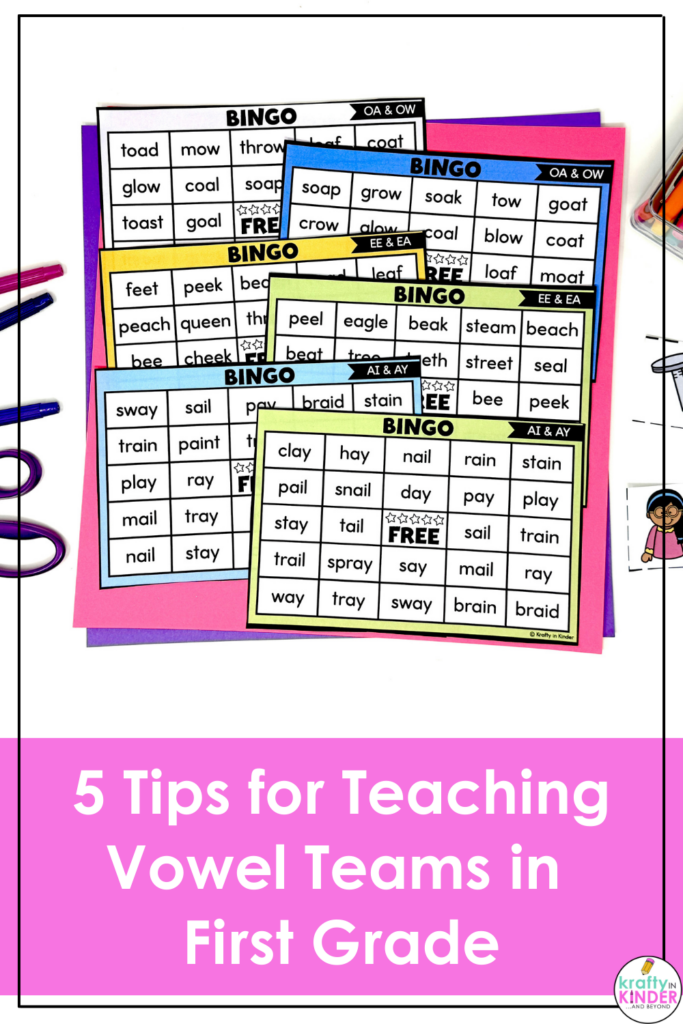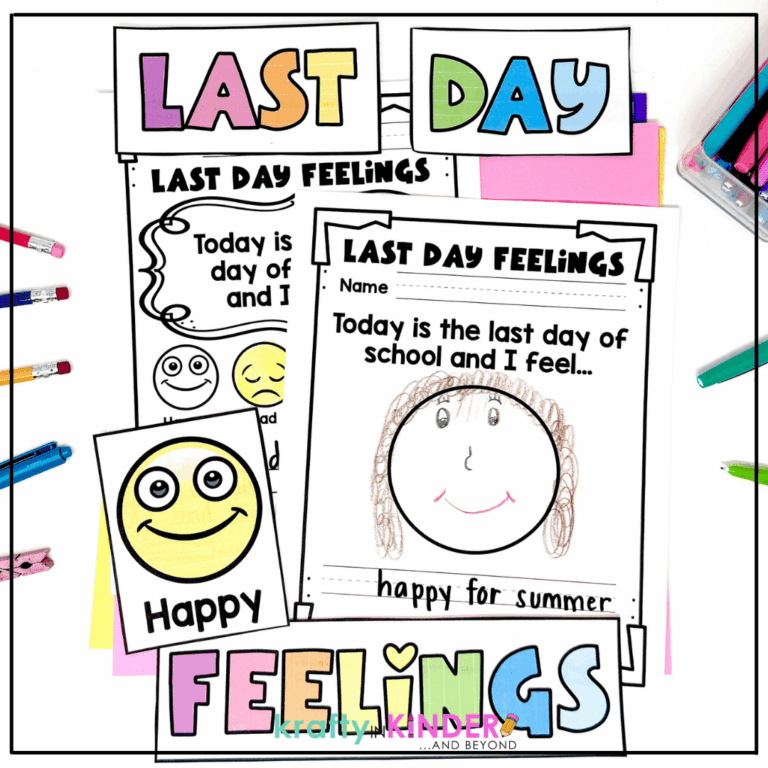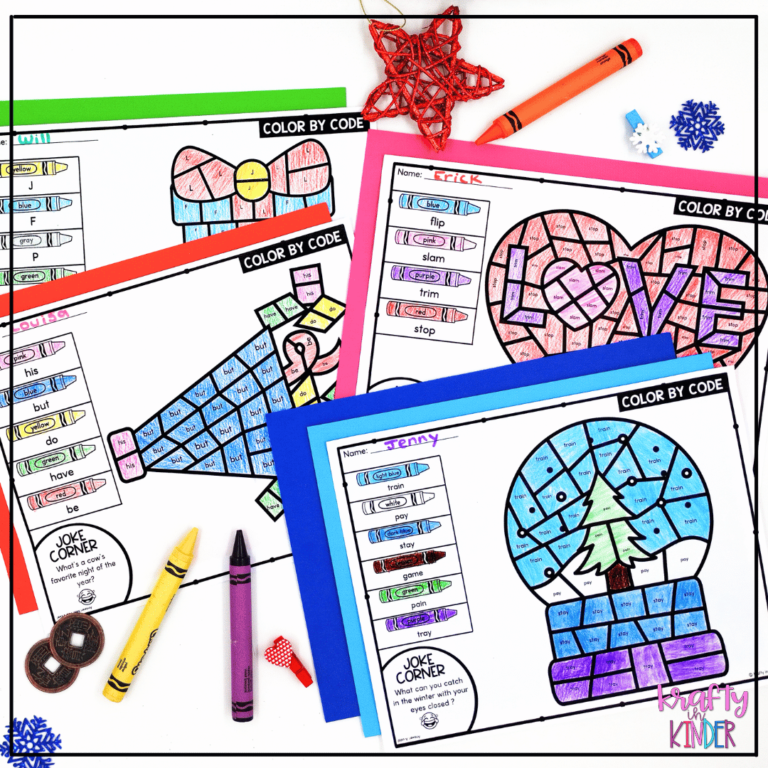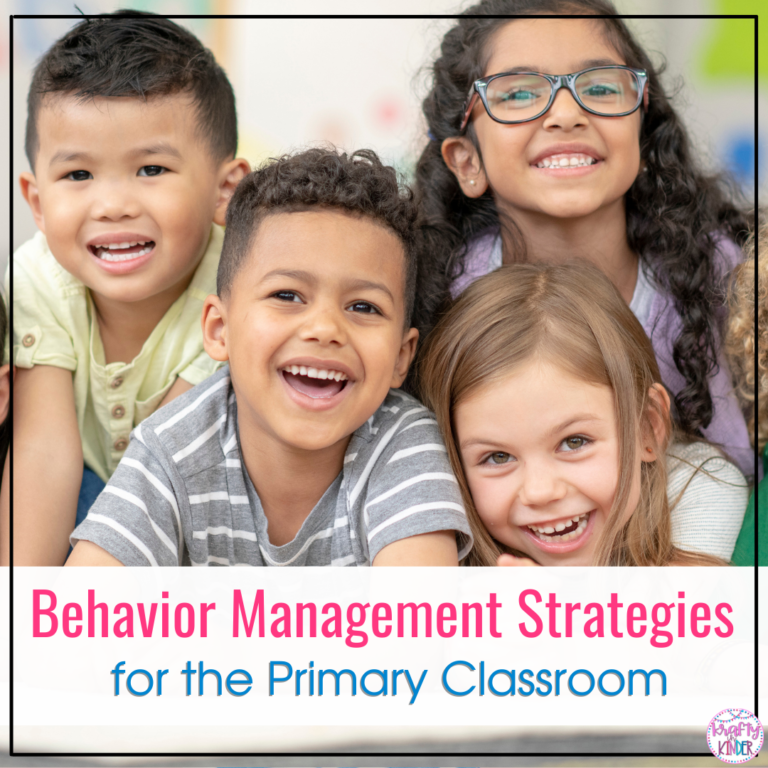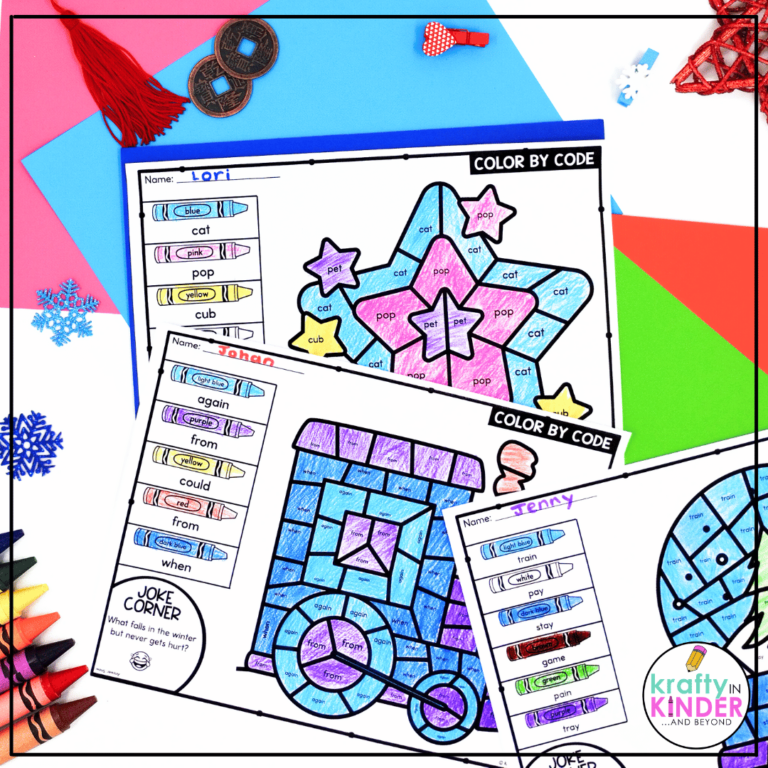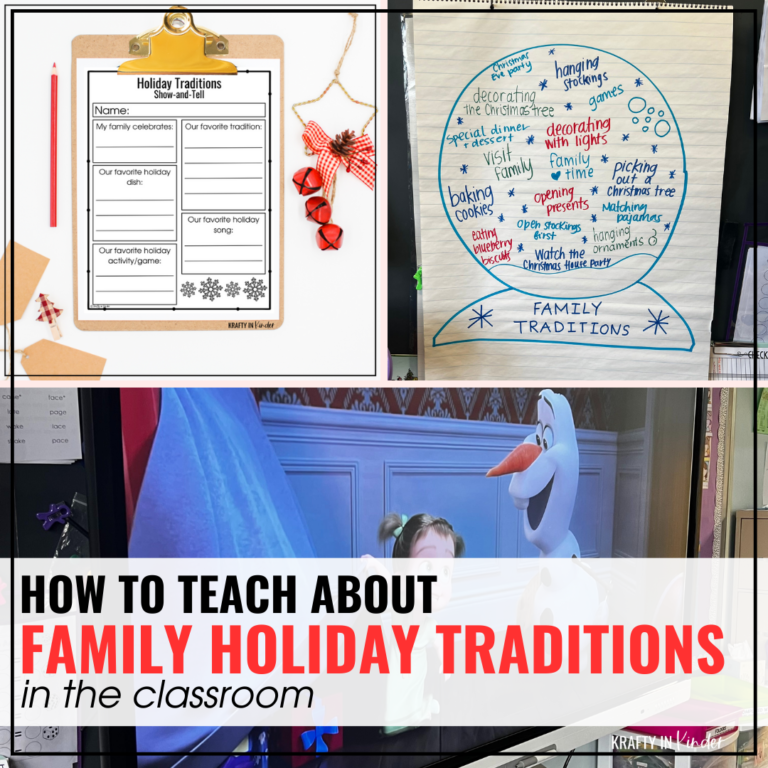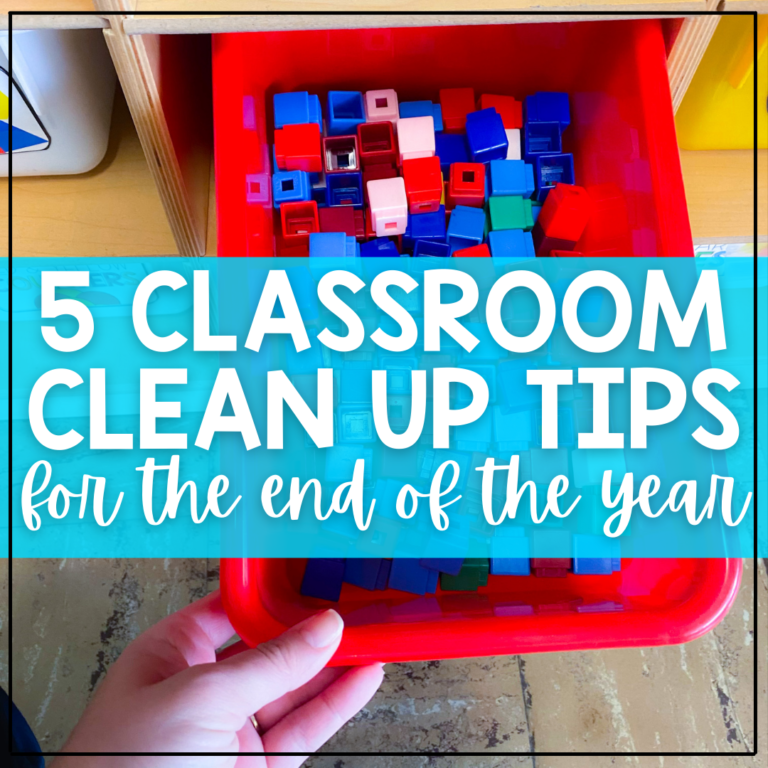5 Tips for Teaching Vowel Teams in First Grade
It’s no secret that phonics lessons are kind of a big deal in the primary years. These fundamental classroom teachings will shape reading skills for years to come. In first grade, we get to see our students make great strides in reading as they learn new skills. One of those key skills is long vowels. Aside from silent e – teaching long vowels relies on students learning vowel teams. Since this is such an important first grade skill, I wanted to share a few tips with you that have been successful in my classroom.
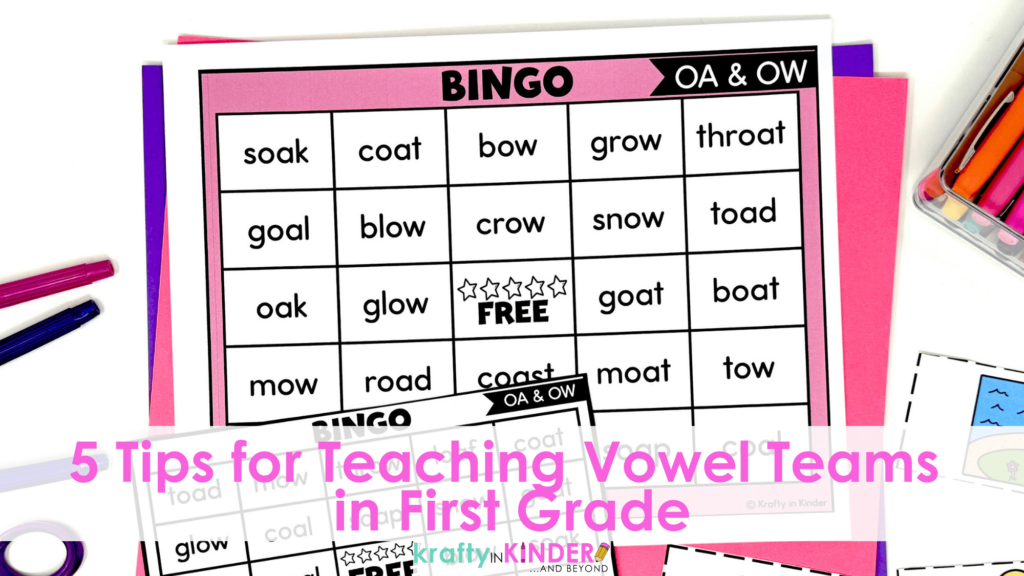
Teaching Vowel Teams in the Primary Classroom
Let’s talk phonics teaching strategies for a minute. We all know that with teaching vowel teams and, really, any phonics skill, practice is key. Students need many opportunities to practice to achieve mastery. But the magic is in finding ways to do so that aren’t going to feel stale to your kids.
That’s exactly what we’re talking about today! Over the years, I have tried many vowel team activities in my classroom. Some have been amazing, while others were total flops. In this post, we are focusing only on the amazing ones. Here are 5 of my top tips for teaching vowel teams in a fun way.
1. Make Sure Your Kids Are Ready Before Teaching Vowel Teams

First things first, make sure your kids are ready for this skill! I wait to teach vowel teams until my students have completely mastered CVC words, digraphs, beginning blends, and silent/magic e. These are crucial for success with vowel teams and should definitely be taught in depth before wading into the vowel team waters.
Once students have worked with silent e you can point out that long vowel sounds that accompany magic/silent e can be made with other letters too – AKA vowel teams. This is where vowel teams like AI and AY for example will make their appearance. See why teaching the skills I mentioned above is key to success?
So before you dive in, make sure your kiddos have a good understanding of these skills and provide additional practice for those who are struggling. If you need help with skills such as silent e, be sure to check out Magic E: The Fun and Effective Way to Master CVCe Words! The strategies in that post will help prepare your students for vowel teams in a fun way.
2. Provide Many Different Types of Examples for Each Skill
Once you’re ready, it’s time to work on explicitly teaching each skill. This is another tip that almost goes without saying, but I think it’s important to point out. As you begin to teach vowel teams in your room, focus on one skill at a time. As you do so, I encourage you to vary your examples and teaching methods. This is likely something you already do naturally, but it’s worth noting because it can have such a big impact.
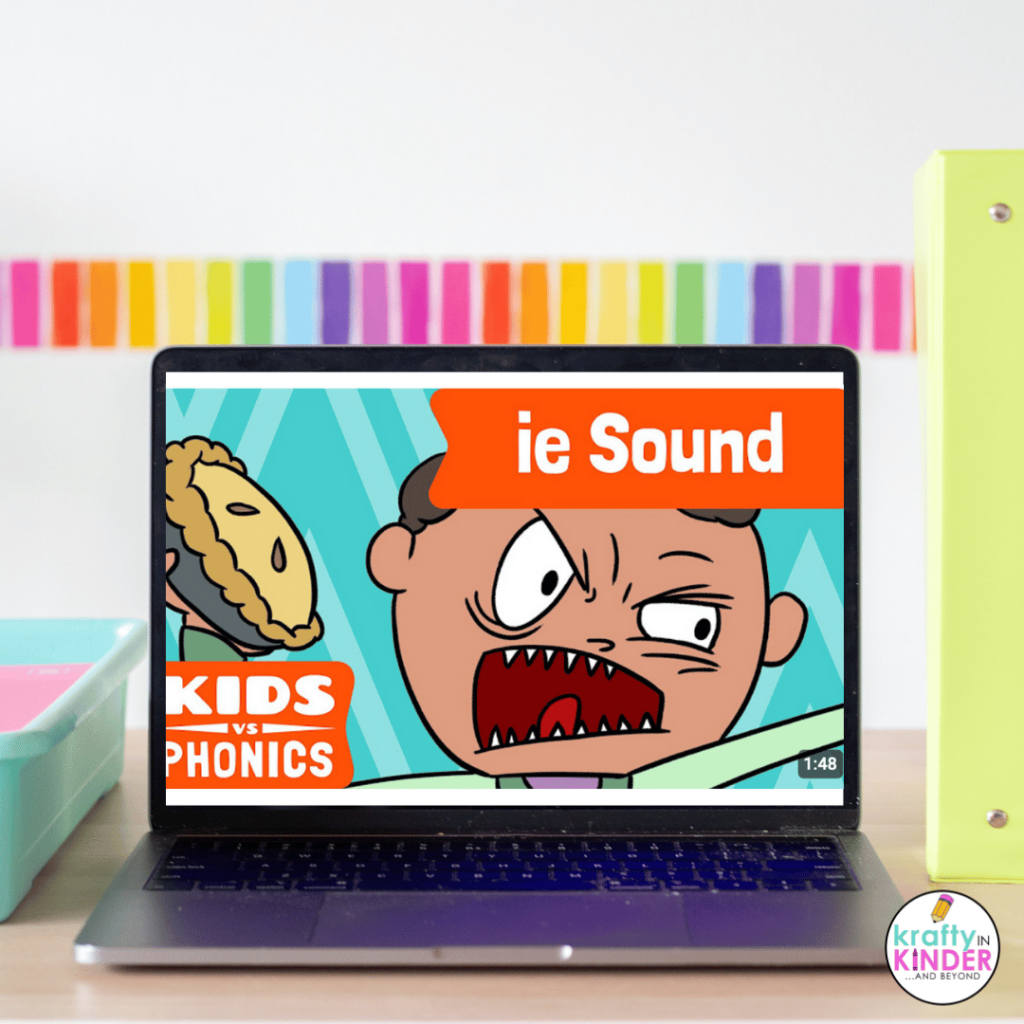
What I mean by this is that when we use different methods and examples for teaching each set of vowel teams, we’re so much more likely to have those lightbulbs going off in our room. Everyone learns a little differently, so the more ways we can teach something, the more learning opportunities for our students.
As an example, one of my favorite ways to focus on teaching vowel teams is with interactive, fun videos. YouTube has a plethora of resources available totally for free. In a quick search, I found this amazing playlist of vowel team resources pulled together in one convenient location. You could try selecting one of the videos on the list to introduce a new vowel team and then after watching, use another teaching method for further examples.
Building words with magnetic letters, using digital activities, or creating an anchor chart with example words and pictures are all great options. The key is to stay focused on one skill for as long as it takes to master before adding more vowel teams to your lessons.
3. Make Practicing Skills Fun

We already know that our students are going to need lots of practice to master vowel teams. This is where it can get really boring, or really time-consuming. But it doesn’t have to be either! My recommendation is to choose no prep or low prep activities that can easily be added to your center rotations and allow students to practice in a fun way. Bonus points if you choose activities that make students forget that they are learning!
Digital activities, such as Vowel Team Boom Cards are a great option to fill this need! Not only do students love them, but there is no teacher prep involved. When you incorporate engaging, interactive digital activities like these students are more likely to associate them more with a video game than typical phonics practice.
I am careful to choose digital activities that include sound and are self-correcting to help students get the most out of this activity. They can click the speaker to hear the word or directions read aloud and will receive immediate feedback on their answer. This helps correct mistakes immediately and gives students a chance to try again.
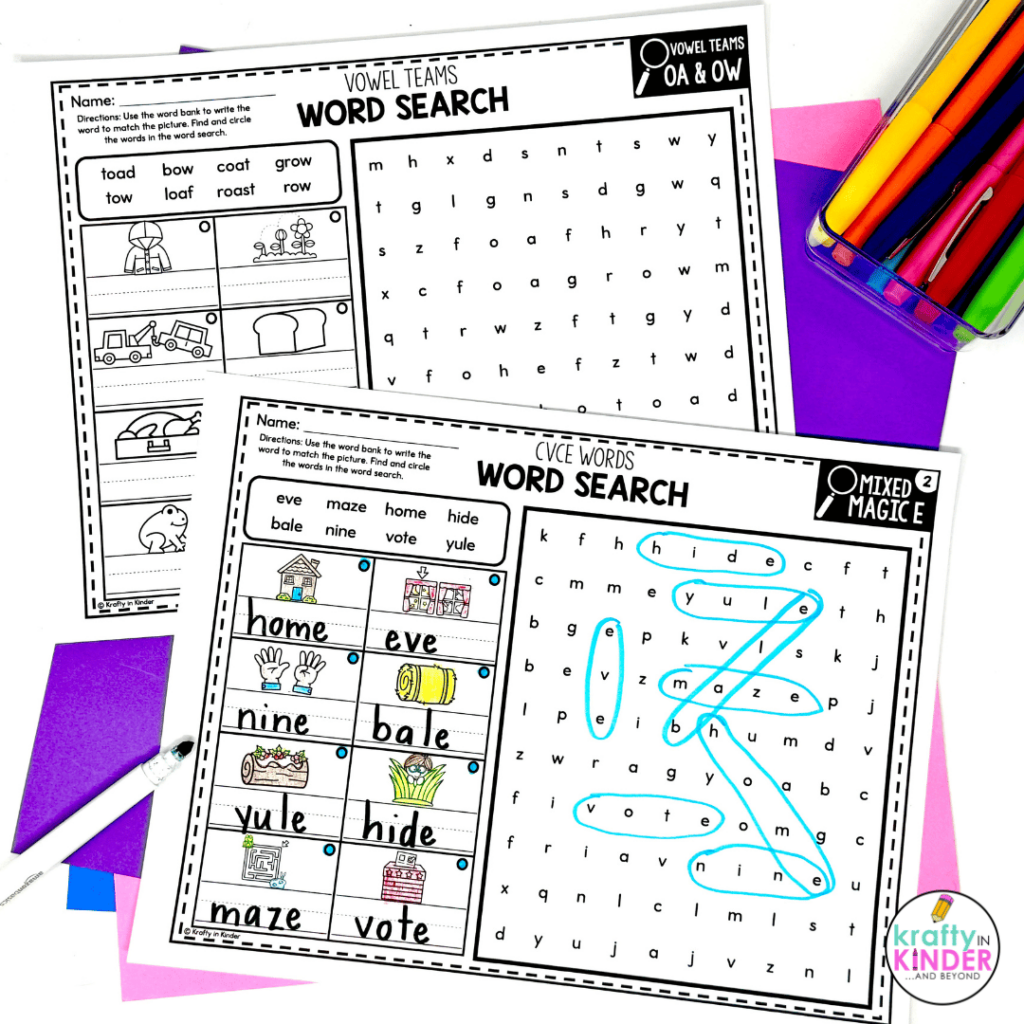
But we don’t have to go digital to add gamified learning to our centers. These Vowel Team Word Searches are a hit with kids. They love the game feeling of the word search and you’ll love how much practice they get with reading and spelling using vowel teams. And. . . there’s no teacher prep needed other than making copies.
No matter what you choose, opt for engaging activities to practice! This really does make all the difference when it comes to effectively teaching vowel teams. By using some no or low prep activities you can make sure you aren’t hours to your prep time.
4. Don’t Underestimate the Power of Hands-On Learning
When it comes to teaching vowel teams we can’t forget the power of hands-on learning. Since we know our students learn in different ways, it is important to make sure we have practice activities that target all learning styles. Some students will be super responsive to your whole class lessons. Others will get it when you turn on educational videos. Others still will need hands-on learning to truly grasp this skill. For this reason, I encourage you to weave some hands-on learning activities into your lessons when teaching vowel teams. Here are some of our favorites:
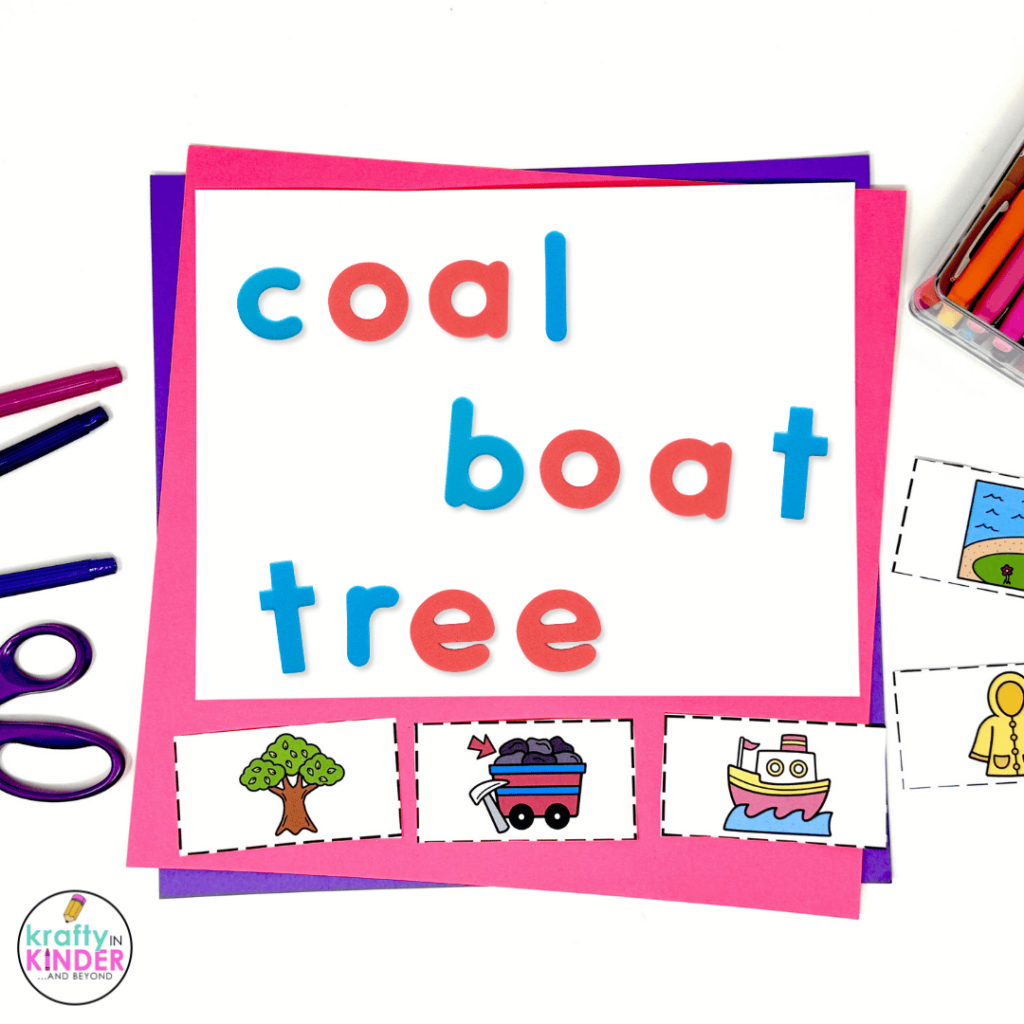
- use playdough with or without these editable spelling mats to build words (use picture cards to prompt)
- use shaving cream to write words (use picture cards to prompt)
- hide vowel team task cards in a sensory bin and have students choose one to use in a sentence (either orally or written)
- use magnetic letters to model vowel teams in the center of words (red letters for vowel teams and blue letters for consonants)
Activities like these are fun for students and will present many different ways to practice the same skill. This will help keep your lessons feeling fresh and fun as you focus on specific vowel teams.
5. Make Review Fun
Last but certainly not least, we’ve got to make review fun! When teaching vowel teams, you’re going to spend a lot of time on each skill before moving on to the next one. To make sure students don’t forget past-taught skills it’s super important to review regularly. One of my favorite ways to do this is by playing BINGO on Friday afternoons. It’s an engaging activity for this point in the week when engagement is waning. It also ensures that we have time reserved to review this skill every week.
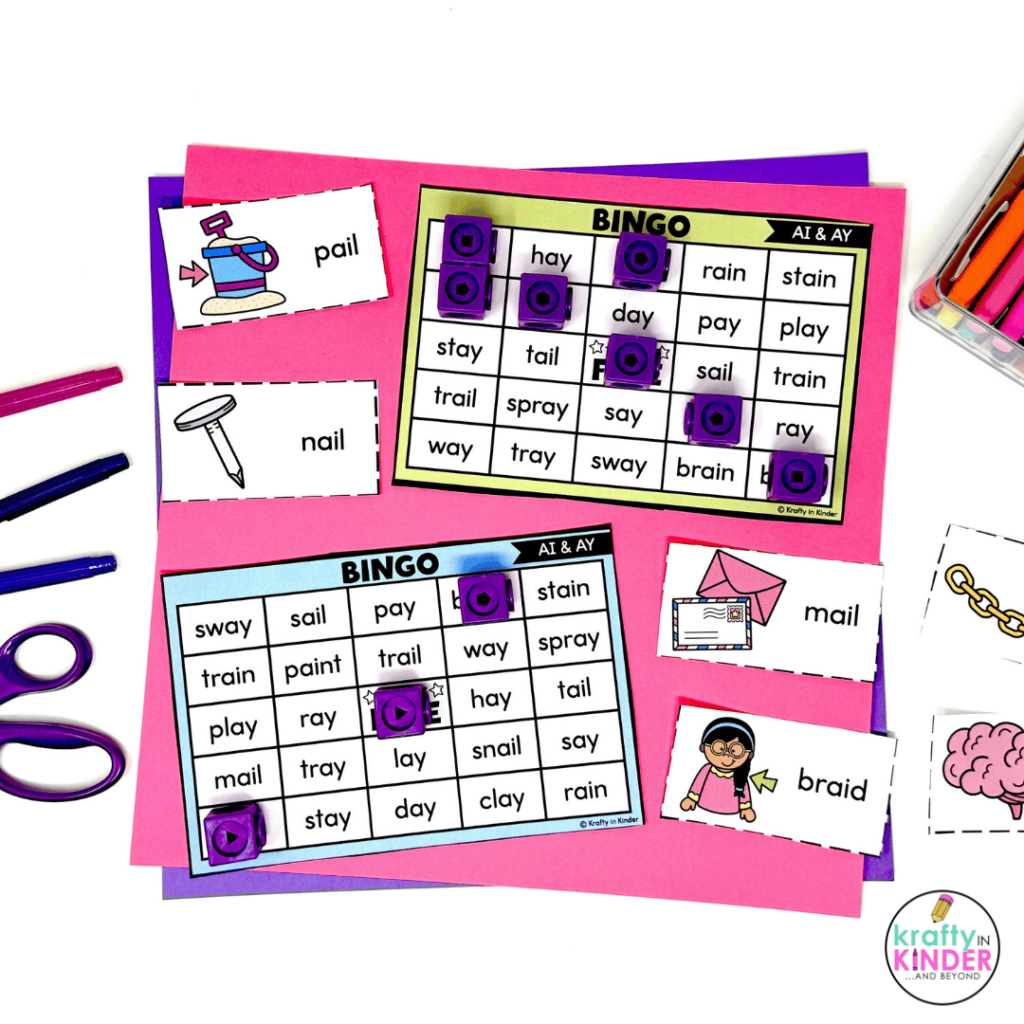
My Phonics BINGO for Vowel Teams makes it super simple to review one skill at a time since there are 20 unique BINGO cards for each focus skill. This means you’ll have plenty of cards to play with a big group at once, and you’ll be able to tailor the game to focus on any skill you’d like to review. Vowel teams included are:
- AI and AY
- OA and OW
- OA, OW, and OE
- EE and EA
- EE, EA, and EY
- IE and IGH
You also get calling cards and a master word list to make this functional for classroom use. If I have a parent helper on Friday, I set them up with this game and a group of kiddos. It’s super easy for them to implement and frees up time for me to work on a specific need with another small group. Not to mention, my kids LOVE playing BINGO too! Anytime we can make reviewing vowel teams more fun, I’m a fan!
Get Started Teaching Vowel Teams in Your Room
I hope these tips were helpful to you as you get started teaching vowel teams in your classroom. I know that this topic can be tricky, but if you make an effort to vary your teaching methods, focus on one skill at a time, and mix in some engaging activities, I know your students will find success! Be sure to check out my TPT shop for these and more activities to help you teach vowel teams in your classroom.
Save This Post
Not quite ready to tackle vowel teams just yet? Make sure to pin this post on Pinterest so you can come back to it when you’re ready to start teaching vowel teams in your classroom.
